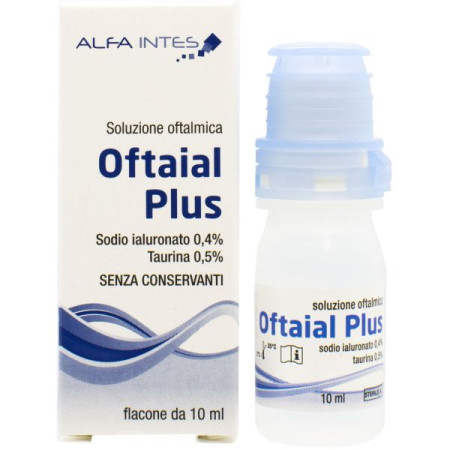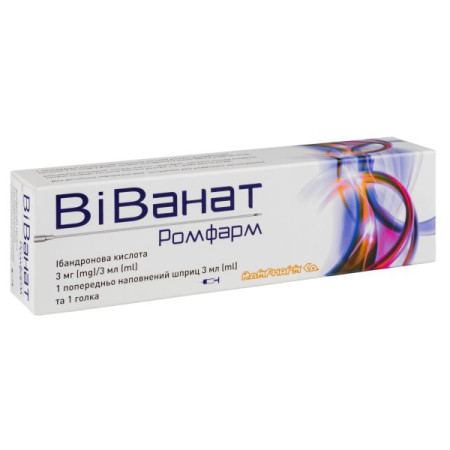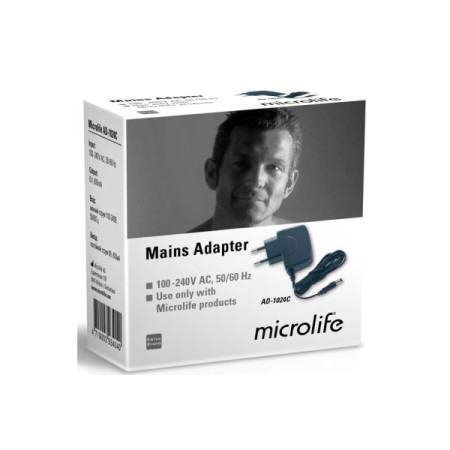Vikasol-Darnitsa solution for injection 1% ampoule 1 ml No. 10

Instructions for use Vikasol-Darnitsa solution for injection 1% ampoule 1 ml No. 10
Composition
active ingredient: menadione sodium bisulfite;
1 ml of solution contains Vikasol (menadione sodium bisulfite) 10 mg;
Excipients: sodium metabisulfite (E 223), hydrochloric acid, water for injections.
Dosage form
Solution for injection.
Main physicochemical properties: clear colorless or slightly yellowish liquid.
Pharmacotherapeutic group
Vitamin K and other hemostatic agents. ATX code B02B A02.
Pharmacological properties
Pharmacodynamics.
Vitamin K exists in several forms. The main form of vitamin K is vitamin K1 (phylloquinone), which is found in plants, especially green leafy vegetables. Another form of vitamin K is vitamin K2 (menaquinone), which can be absorbed in limited amounts. It is produced by bacteria in the lower small intestine and colon.
Vikasol-Darnitsa is a synthetic analogue of water-soluble vitamin K and is considered as vitamin K3 (menadione), promotes the synthesis of prothrombin and proconvertin, increases blood clotting by enhancing the synthesis of II, VII, IX, X coagulation factors. It has a hemostatic effect (with vitamin K deficiency, increased bleeding occurs). In the blood, prothrombin (factor II) in the presence of thromboplastin and Ca2+, with the participation of proconvertin (factor VII), factors IX (Christmas factor), X (Stewart-Prawer factor) turns into thrombin, under the influence of which fibrinogen turns into fibrin, which forms the basis of a blood clot (thrombus). Vikasol-Darnitsa as a substrate stimulates K-vitamin reductase, which activates vitamin K and ensures its participation in the hepatic synthesis of K-vitamin-dependent plasma factors of hemostasis.
The role of vitamin K in the human and animal body is not limited to the effect on the biosynthesis of procoagulants. It affects bioenergetics and a number of processes of anabolism. It is important for the exchange of macroergic compounds, for the formation of ATP. Vitamin K deficiency leads to ATP deficiency and a decrease in the energy supply of the biosynthesis of many compounds. The latter include not only procoagulants, but also other proteins that are rapidly resynthesized, including a number of enzymes not directly related to the blood clotting process. With vitamin K deficiency, the biosynthesis of some biologically active substances of a non-protein nature is also weakened: serotonin, histamine, acetylcholine. The onset of the effect is 8-24 hours after intramuscular injection.
Pharmacokinetics.
After intramuscular administration, it is easily and quickly absorbed into the systemic bloodstream. Binding to plasma proteins is reversible. The blood of patients with a very low albumin content binds vitamin K weakly or does not bind it at all. It accumulates mainly in the liver, spleen, and myocardium. The most intensive transformation process occurs in the myocardium and skeletal muscles, somewhat more slowly in the kidneys. It is excreted by the kidneys and with bile only exclusively in the form of metabolites. Vitamin K metabolites (monosulfate, phosphate, and diglucuronide-2-methyl-1,4-naphthoquinone) are excreted in the urine - up to 70%. High concentrations of vitamin K in feces are due to the fact that it is synthesized by intestinal microflora.
Indication
Vikasol is prescribed for bleeding and hypoprothrombinemia caused by jaundice, acute hepatitis, capillary and parenchymal bleeding. After surgical interventions and injuries, bleeding in gastric and duodenal ulcers, severe symptoms of acute radiation sickness, prolonged nasal and hemorrhoidal bleeding.
The drug is prescribed for hemorrhagic phenomena in premature infants, uterine premenopausal and juvenile bleeding, spontaneous bleeding, preparation for surgical interventions, if there is a risk of bleeding in the postoperative period, pulmonary hemorrhage, and hemorrhagic phenomena against the background of septic diseases.
In addition, indications for prescribing Vikasol-Darnitsa are bleeding and hypoprothrombinemia caused by overdose of phenylin, neodicoumarin, and other anticoagulants - vitamin K antagonists.
Contraindication
Hypersensitivity to the components of the drug. Hypercoagulation, thromboembolism. Hemolytic disease of the newborn. Severe liver failure. Glucose-6-phosphate dehydrogenase deficiency.
III trimester of pregnancy (prophylactic administration of vitamin K is ineffective due to its low permeability through the placenta).
Interaction with other medicinal products and other types of interactions
When used simultaneously with oral anticoagulants, a decrease in anticoagulant activity is possible. Weakens the effect of indirect anticoagulants (including coumarin and indandione derivatives). Does not affect the anticoagulant activity of heparin.
Concomitant use with broad-spectrum antibiotics, quinidine, quinine, salicylates in high doses, sulfonamides requires an increase in the dose of vitamin K.
When used simultaneously with hemolytic drugs, the risk of side effects increases.
When used simultaneously with aggregators and fibrinolysis inhibitors, their hemostatic effect is potentiated.
Application features
It should be borne in mind that when using Vikasol, platelet aggregation may be inhibited. The drug is ineffective in hemophilia, thrombocytopenic purpura, and Werlhof's disease.
For the prevention of hemorrhagic disease of the newborn, it is better to use phytomenadione than menadione sodium bisulfite, as it is less likely to cause hyperbilirubinemia and hemolytic anemia in newborns (including premature infants).
Use during pregnancy or breastfeeding
Vikasol-Darnitsa belongs to the risk drugs during pregnancy. The use of the drug during pregnancy in the 1st and 2nd trimesters is possible according to indications, if the benefit to the mother outweighs the risk to the fetus. Prophylactic administration of vitamin K in the 3rd trimester of pregnancy is ineffective due to its low permeability through the placenta.
If it is necessary to prescribe a medicine, breastfeeding should be discontinued.
Ability to influence reaction speed when driving vehicles or other mechanisms
The drug does not affect the reaction rate when driving or operating other mechanisms. If dizziness occurs during treatment with the drug, you should refrain from driving or operating mechanisms.
Method of administration and doses
The drug is administered intramuscularly.
For adults, a single dose is 10 mg, the maximum single dose is 15 mg; the maximum daily dose is 30 mg.
The duration of treatment is 3-4 days, after a 4-day break, repeat the course if necessary.
For surgical interventions with possible severe parenchymal bleeding, administer within 2-3 days before surgery.
Children: up to 1 year - 2-5 mg/day, 1-2 years - 6 mg/day, 3-4 years - 8 mg/day, 5-9 years - 10 mg/day, 10-18 years - 15 mg/day. Divide the dose into 2 doses. The duration of treatment for children is determined by the doctor.
Children
The drug is used in pediatric practice.
Overdose
Symptoms: hypervitaminosis of vitamin K, manifested by hyperprothrombinemia and hyperthrombinemia, hyperbilirubinemia, jaundice, increased activity of liver enzymes; abdominal pain, constipation or diarrhea, general excitement, agitation and skin rashes have been noted. In rare cases, children develop toxicosis, manifested by convulsions.
Treatment. Cancel the drug. Administer anticoagulants under the control of blood coagulation parameters. Symptomatic therapy.
Side effects
Liver and biliary tract disorders: hyperbilirubinemia, jaundice (including kernicterus in infants).
From the cardiovascular system: transient decrease in blood pressure, tachycardia, weak pulse filling.
From the blood and lymphatic system: hemolytic anemia, hemolysis in newborns with congenital glucose-6-phosphate dehydrogenase deficiency or in patients with vitamin E deficiency, thromboembolism.
On the part of the immune system: hypersensitivity reactions, including facial flushing, skin rash (including erythematous, urticaria), skin itching, bronchospasm.
General disorders and administration site reactions: dizziness, profuse sweating, altered taste, feeling of heat, pain and swelling at the injection site, skin discoloration in the form of spots with repeated injections at the same site. Vikasol may cause local scleroderma.
Expiration date
2 years.
Storage conditions
Store in the original packaging at a temperature of 2 ° C to 8 ° C. Keep out of the reach of children.
Incompatibility
Vikasol is incompatible with sulfonamide drugs, PASK, salicylates, oxycoumarin. Incompatible in the same syringe with solutions of alkalis and acids.
The active ingredient of the drug quickly breaks down under the influence of direct sunlight.
Packaging
1 ml in an ampoule; 5 ampoules in a contour blister pack; 2 contour blister packs in a pack.
Vacation category
According to the recipe.
Producer
PrJSC "Pharmaceutical Company "Darnitsa".
Address
Ukraine, 02093, Kyiv, Boryspilska St., 13.
There are no reviews for this product.
There are no reviews for this product, be the first to leave your review.
No questions about this product, be the first and ask your question.














